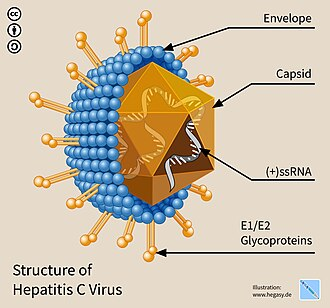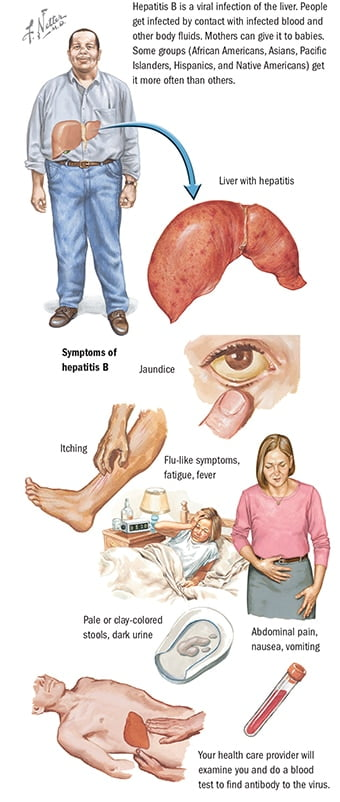Overview
Hepatitis C virus (HCV) is a single-stranded RNA virus that infects the liver, causing inflammation. Chronic infection can lead to serious liver damage, including cirrhosis, liver failure, and cancer. This blog post explores key facts about HCV, including its structure, how it spreads, how it's diagnosed, and current treatment options.
HCV Structure
HCV is a member of the Flaviviridae family. Its genetic material is encoded in a single strand of RNA. This RNA is processed into various proteins, some forming the virus's outer shell and others involved in its replication within host cells. A specific protein (E2) is essential for the virus to enter liver cells.
Spread of HCV
An estimated 71 million people worldwide have chronic HCV infection. The virus spreads through contact with infected blood or bodily fluids. Sharing needles or syringes during drug use and unsafe medical practices are common routes of transmission. Mothers can also pass HCV to their babies during childbirth.
Symptoms and Complications
Acute HCV infection may cause no symptoms, or it may cause flu-like symptoms such as fatigue, nausea, and yellowing of the skin (jaundice). Chronic infection can progress silently for years, but it can also lead to serious complications like cirrhosis, fluid buildup in the abdomen (ascites), high blood pressure in the portal vein (portal hypertension), and liver cancer.
Diagnosis of HCV
Diagnosing HCV infection involves two main tests:
- A blood test to detect antibodies against HCV. The presence of antibodies indicates exposure to the virus but doesn't necessarily mean current infection.
- A blood test to detect HCV RNA. A positive RNA test confirms current infection.
Treatment of HCV
Highly effective medications called direct-acting antivirals (DAAs) have revolutionized HCV treatment. These medications are taken as pills for a defined period and have minimal side effects compared to older treatments. Successful treatment leads to a sustained virological response (SVR), which means the virus is undetectable in the blood and the infection is considered cured.
Hepatitis C Virus NS3: A Multifunctional Enzyme Essential for Replication
Hepatitis C virus NS3, also known as p70, is a crucial protein for viral replication. This multifunctional enzyme belongs to the serine protease class and plays a key role in processing the viral polyprotein, cleaving it into individual functional proteins needed for the virus's life cycle. Additionally, NS3 possesses helicase activity, which helps unwind the viral RNA during replication. Due to its essential functions, NS3 has been a major target for antiviral drug development. Inhibitors specifically targeting the NS3 protease activity have shown promise in disrupting viral replication and represent a potential therapeutic strategy for treating Hepatitis C infection.
Conclusion
Hepatitis C remains a significant global health issue. However, the availability of effective DAAs offers the potential to control and eliminate the disease. Research continues on developing a vaccine and improving access to treatment in low-resource settings.